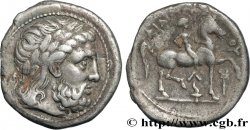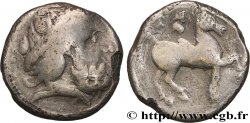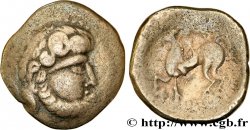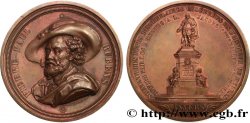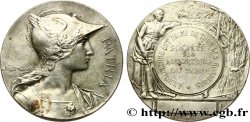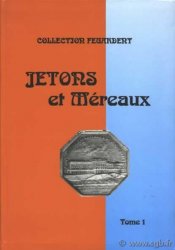Live auction - bga_352600 - DANUBIAN CELTS - IMITATIONS OF THE TETRADRACHMS OF PHILIP II AND HIS SUCCESSORS Tétradrachme “à la rouelle”
You must signin and be an approved bidder to bid, LOGIN TO BID. Accounts are subject to approval and the approval process takes place within 48 hours. Do not wait until the day a sale closes to register. Clicking on "BID" constitutes acceptance of the terms of use of cgb.fr private live auctions.
Bids must be placed in whole Euro amounts only. The sale will start closing at the time stated on the item description; any bids received at the site after the closing time will not be executed. Transmission times may vary and bids could be rejected if you wait until the last second. For further information check the Live auction FAQ
All winning bids are subject to a 18% buyer’s fee.
All winning bids are subject to a 18% buyer’s fee.
| Estimate : | 1 500 € |
| Price : | 750 € |
| Maximum bid : | 750 € |
| End of the sale : | 30 June 2015 15:41:59 |
| bidders : | 1 bidder |
Type : Tétradrachme “à la rouelle”
Date: c. IIe-Ier siècles AC.
Metal : silver
Diameter : 25 mm
Orientation dies : 11 h.
Weight : 12,71 g.
Rarity : R3
Coments on the condition:
Superbe exemplaire, sur un flan large, avec des types bien centrés. Superbe patine de médaillier, finement irisée
Catalogue references :
Obverse
Obverse legend : ANÉPIGRAPHE.
Obverse description : Tête barbue de Zeus (?) à droite, une couronne de lauriers stylisée dans la chevelure.
Reverse
Reverse legend : ANÉPIGRAPHE.
Reverse description : Cavalier au pas à gauche, sans bras ; la crinière et la queue du cheval pointées ; une rouelle au-dessus de la croupe.
Commentary
Cet exemplaire à la rouelle est très rare. Le cavalier simplifié à l’excès, sans bras, et le cheval a la particularité d’avoir la crinière et la queue traitées en pointillés. Cette rare série semble très mal représentée avec aucun autre exemplaire rigoureusement identique dans les ouvrages consultés.
This example with a wheel is very rare. The rider is oversimplified, without arms, and the horse has the particularity of having its mane and tail treated in dotted lines. This rare series seems very poorly represented with no other rigorously identical example in the works consulted.
This example with a wheel is very rare. The rider is oversimplified, without arms, and the horse has the particularity of having its mane and tail treated in dotted lines. This rare series seems very poorly represented with no other rigorously identical example in the works consulted.







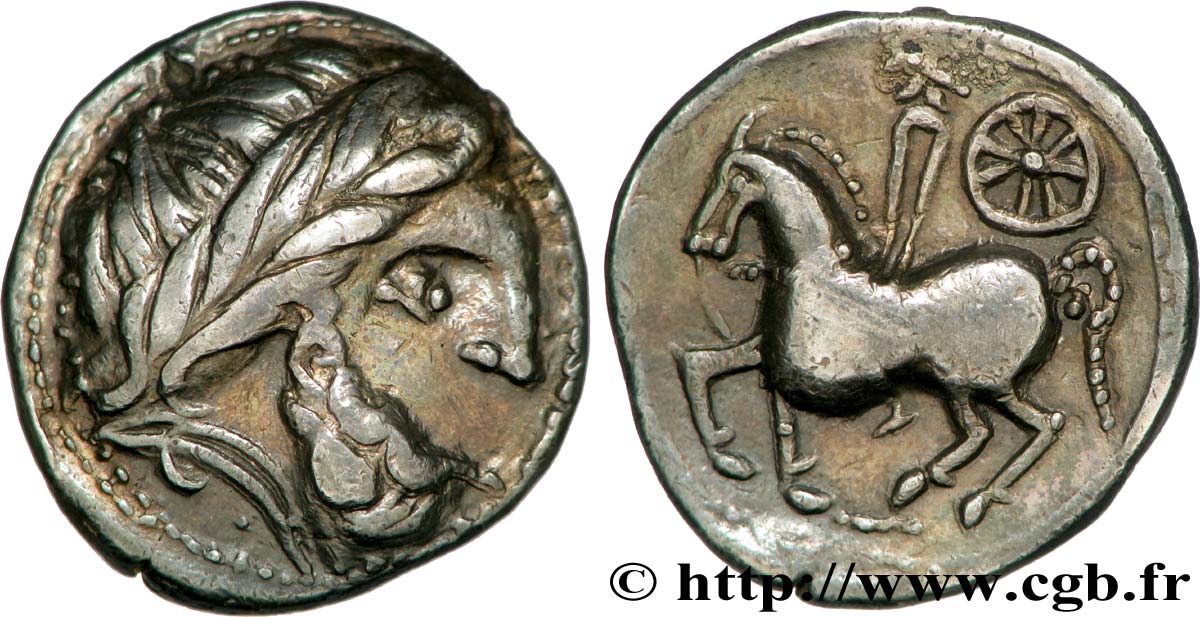
 Report a mistake
Report a mistake Print the page
Print the page Share my selection
Share my selection Ask a question
Ask a question Consign / sell
Consign / sell
 Full data
Full data